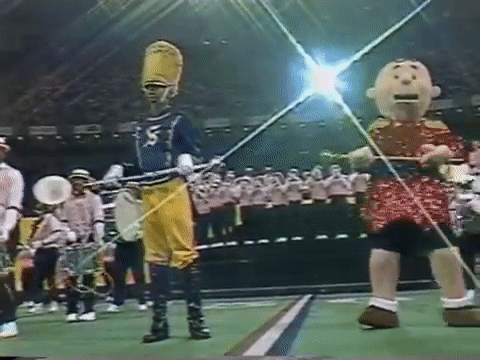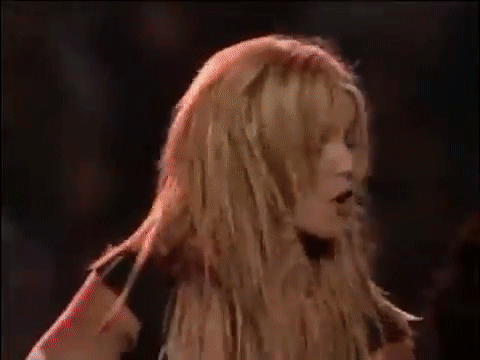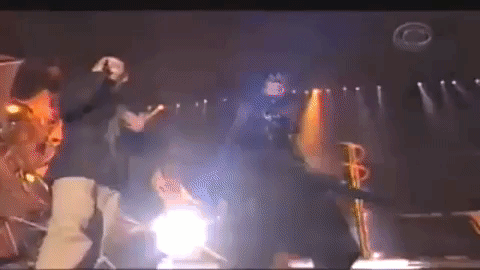The Super Bowl Halftime Show
1967-2020

1967
The first Super Bowl halftime show, titled, “Super Sights and Sounds,” took place at the midpoint of the 1967 AFL/NFL “World” Championship at the Los Angeles Memorial Coliseum. The University of Arizona and Grambling State University marching bands combined on the field to create an outline of the continental U.S. Trumpeter Al Hirt made an appearance, along with 300 pigeons and a Bell Rocket Air Men jet pack demonstration. Early on, the halftime established 1) lots of moving parts which 2) combined for a spectacle which 3) emphasized the nation and technological innovation and 4) featured marching bands.

1977
In 1977, the Disney-produced “It’s a Small World” halftime show brought a new branded element to the Super Bowl, with a show based on the Disneyland ride. Disney would produce five additional halftime shows, bringing their soundtracks to the Super Bowl stage.

1990
Super Bowl XXIV’s theme centered around the Peanuts comic strip and the culture of New Orleans, the site of that year’s Super Bowl. Featuring ragtime and jazz songs, the show brought in regional specificity and felt more like a Macy’s Parade extravaganza than what viewers may be accustomed to today.

1993
Described as an “unprecedented, Super Bowl Spectacular,” this halftime show featured a mini-Michael Jackson concert wedged between two halves of football. Jackson’s lip-synced performance ushered in the superstar era of Super Bowl halftime shows. Note: the Disney-produced New Kids on the Block halftime show would technically be the first, but aired later on tape-delay due to breaking Gulf War coverage.

2001
This MTV-produced halftime show felt like a weekend edition of Total Request Live (TRL) with a smorgasbord of pop (NSYNC and Britney Spears), rock (Aerosmith), hip-hop (Nelly) and R&B (Mary J. Blige). The show was introduced with a comedic performance of Ben Stiller, Adam Sandler, and Christ Rock. This halftime introduced the multi-genre halftime show, a “one of each” strategy that would continue in future shows.

2002
U2 took the stage at Super Bowl XXXVI less than five months after hijacked planes struck the Pentagon in Washington, D.C. and the World Trade Center’s twin towers in New York City on September 11, 2001. With the names of those who died during the attacks emblazoned behind the band accompanied by U2’s more politically-charged songs, the tribute offered a somber nationalistic performance unlike any in the event’s history.

2004
The MTV-era of Super Bowl halftime shows continued with a multi-genre performance by two collegiate bands, Jessica Simpson, P. Diddy, Nelly, Kid Rock, Janet Jackson, and Justin Timberlake. The “something for everyone” tradition came to a screeching halt at the end of a show as Timberlake exposed Jackson’s breast, creating the culturally-loaded phrase “wardrobe malfunction.” While the incident would significantly affect Janet Jackson’s career trajectory, Timberlake returned to the Super Bowl halftime stage in 2018.

2006
Following the Justin-Janet incident, the NFL remained fearful of any potentially provocative performers, ushering in the “dad band” era, where acts such as The Rolling Stones (see also: Paul McCartney, Tom Petty, Bruce Springsteen, and The Who) provided a neutralized nostalgia free of potential fines from the FCC.

2007
Miami. Prince. Pouring rain. In a show that defied physics and performance, Prince performed some of his most popular hits and covered others on a slick Prince symbol-shaped stage. It is widely considered one of the best halftime show performances of all time.

2016
In Santa Clara, California, headliner Coldplay worked through their hits on a psychedelic stage before being upstaged by Beyoncé (Formation) and Bruno Mars (Uptown Funk) in one of the most iconic Super Bowl halftime performances of all time.

2017
Lady Gaga’s electric performance included a dive off of the NRG Stadium roof, a schmaltzy cover of “This Land is Your Land,” and a setlist that included “Born This Way,” a collage which some read as a queering of the NFL space and others deemed too politically neutral.

2020
Jennifer Lopez and Shakira joined forces for a halftime show deemed "too sexy" for television, ushering in over 1,300 FCC complaints. Their performance also included Lopez's 11-year-old daughter, Emme, joining her to sing Bruce Springsteen's "Born in the USA" with a stage surrounded by children in cage-like structures, a moment dedicated to highlighting atrocities suffered by those held in U.S. detention centers.